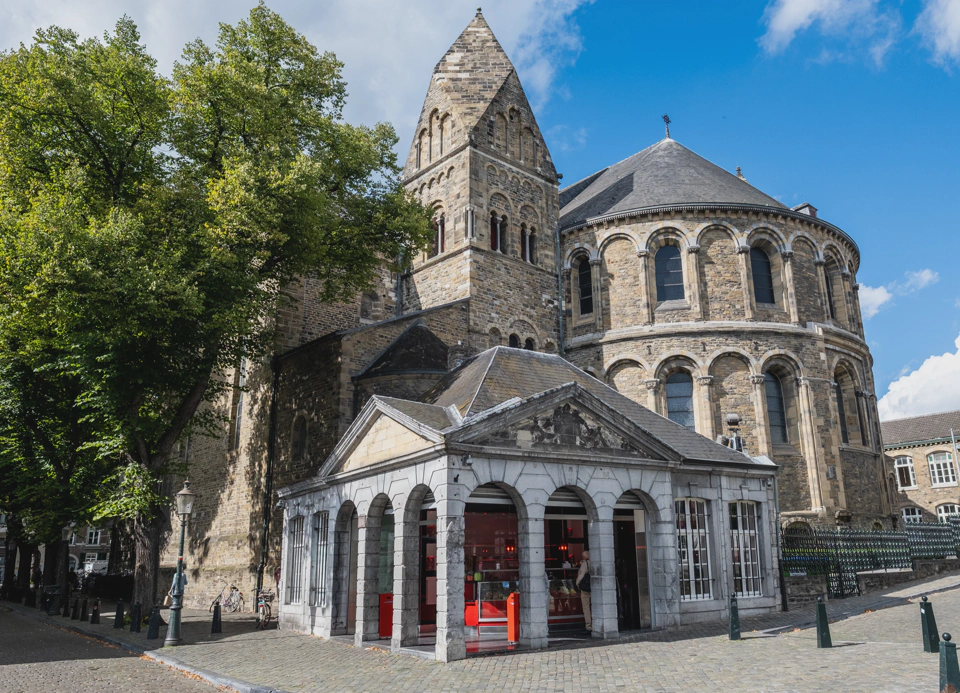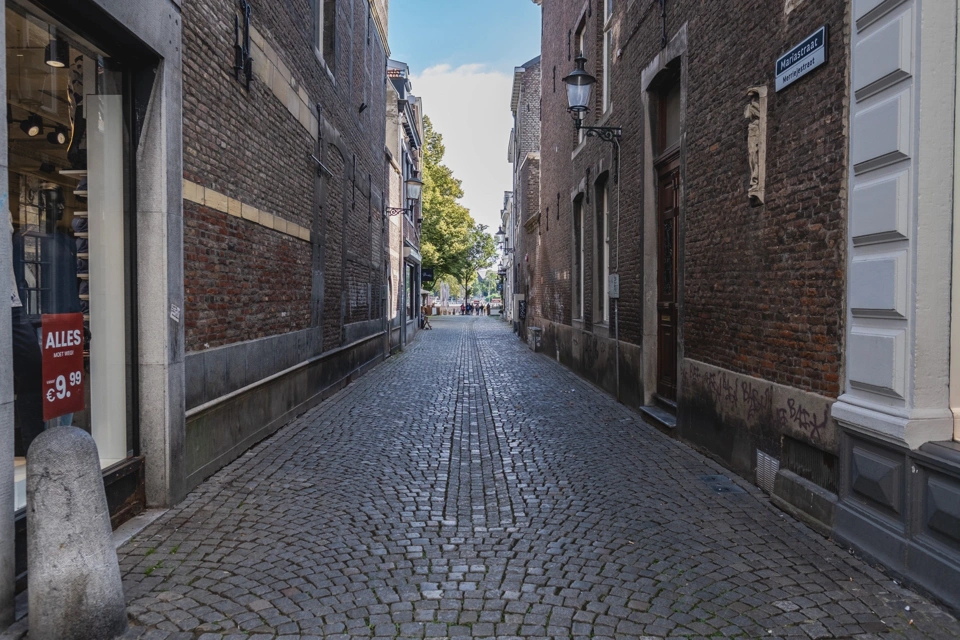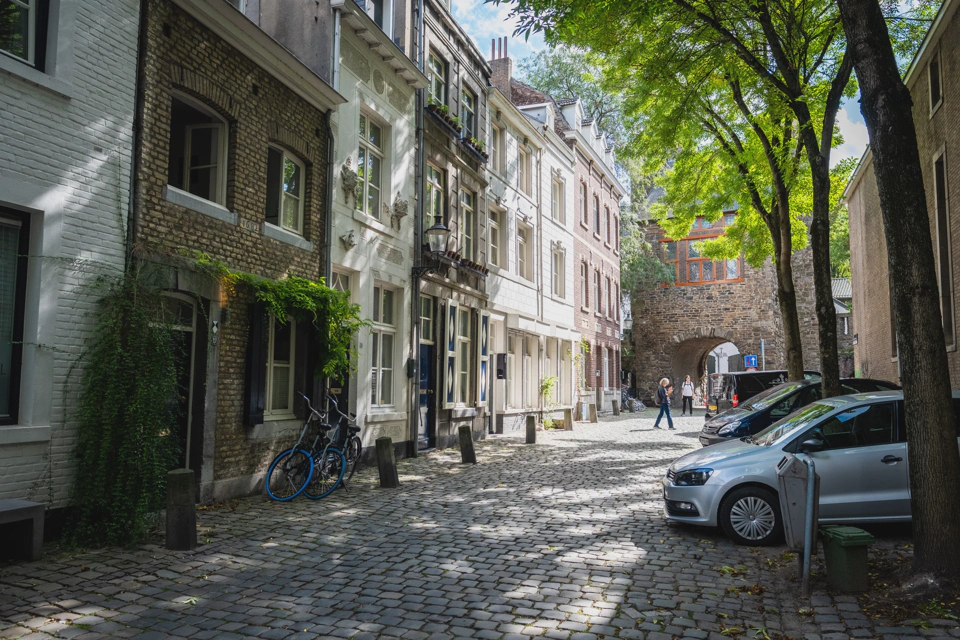A day after our visit to Dordrecht we went South to explore Maastricht (‘crossing of the river Maas’). This is where the European Union was established in 1991-1992.
We went by train and past morning rush-hour in the morning so most of the people we met at the station and on the train were university students, some on their phones, some on their laptops, and some even talking to each other.
The Dutch train, tram, and bus system is based on an honor system: no one checks that you have a ticket. However, the station where we got on the train is next to a camp for asylum seekers with young men with nothing to do but wait and there have been several violent incidents with them. As a result, the station is guarded by several security guards. Doing the right thing isn’t easy.
At the same train station we had a challenging encounter with a ticket vending machine. Loes wanted to activate a travel card but despite her attempts and those of two guards, she couldn’t activate it and we had about ten seconds to spare when we finally boarded the train.
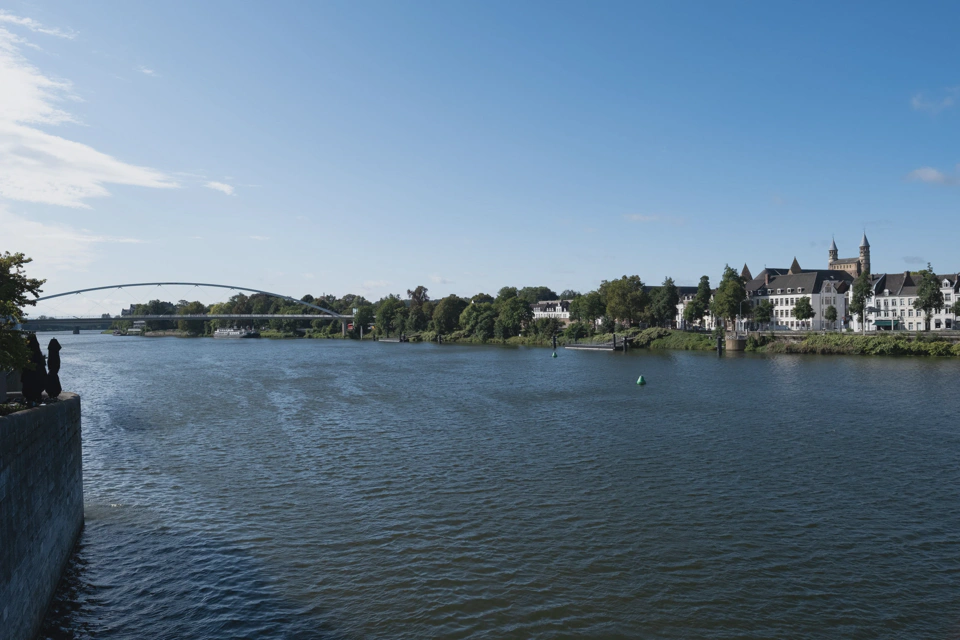
When we arrived in Maastricht I visited what, according to Loes, is a cornerstone of Dutch culture, HEMA department stores. Cornerstone or not, you still had to pay to use the restrooms. The International Bill of Human Rights really missed this one.
Like in Dordrecht, street nameplates were peculiar: they listed both the Dutch and the Maastricht dialect names. It made me think of the cost and benefits of maintaining both dialects and different languages. Different languages allow you to think and express different ideas and communicate differently, but they also have huge costs that I’ve experienced in my own extended family where important pairs of people who traditionally really should be able to communicate with each other can’t, or friends who can’t access or efficiently understand information in certain languages. When I look at today’s translation technology, though, I think we will eventually converge to a universal language.
Maastricht’s old town had tourists and cars, but I found the streets surprisingly quiet, as if cars and people were silent moving illusions.
We saw the town hall, the Vrijthof square with its Protestant and Catholic churches St Janskerk and St Servaas Basilic built literally next to each other.
At that same square we also met an old British woman barely able to stand up, gripping a traffic sign in front of an LGTB-colored zebra crossing and vomiting. We tried to help her while she explained to us that her husband was inside a nearby pub and that it was ok because this had happened to her before. The world is full of surprises.
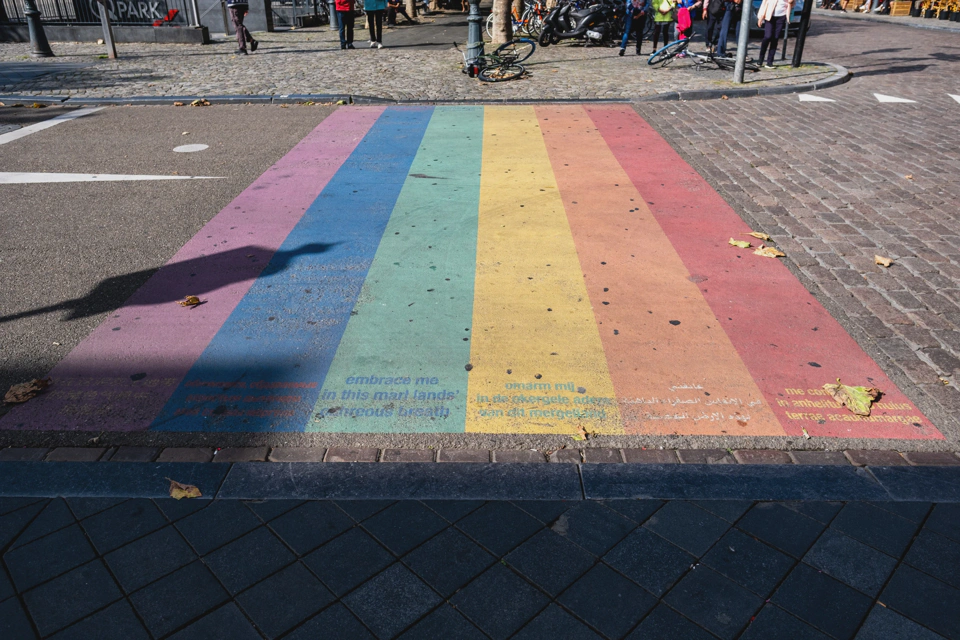
We later found a shop that many varieties of pepernoten, a sort of mini spice cookies. After tasting a dozen of them, we bought a small bag of stroopwafel (“syrup waffle”) flavored ones and 2 kilos of normal ones. The friendly clerk told us that he works at the shop for three months, and lives the rest of the year across Europe in his van. We mentioned we live in a mountainous place next to a trail and the first thing he asked was if we had space for campers in our garden. When we said we didn’t, the seasonal cookie seller nomad said it would be trail magic to have one.
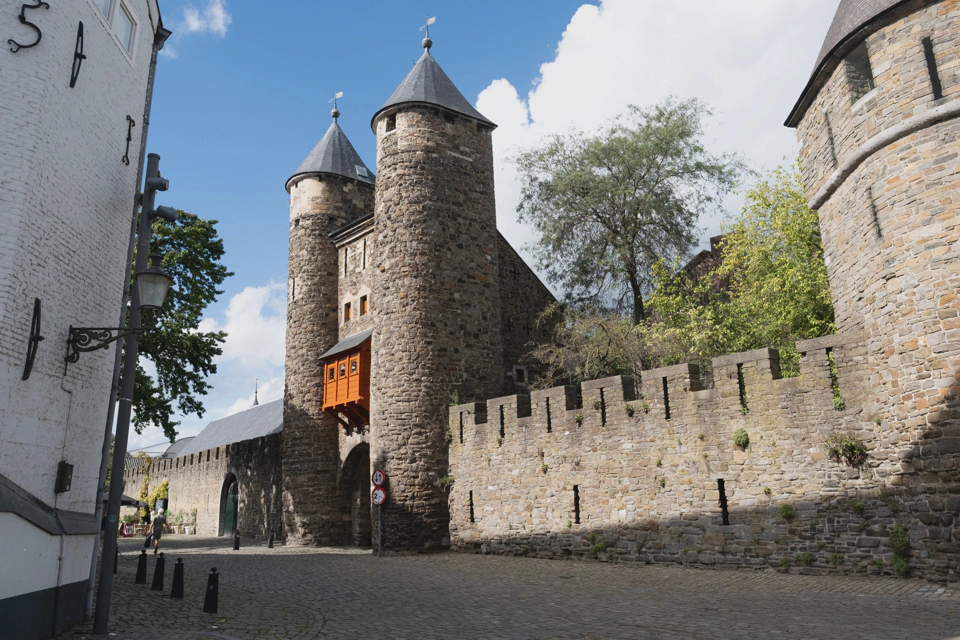
We had tasty sandwiches for lunch at an unpretentious healthy food store owned by a young couple. Then we visited a big church turned library where I almost bought 4 books and, finally, we strolled around the university neighborhood. In one of the streets, we walked next to a conservatory where people were practicing scales with many different instruments. Judging by the parking lot, most of them drove Teslas. We also visited a large park with more university buildings and part of a large ancient wall that now served as a beautiful battlement walk.
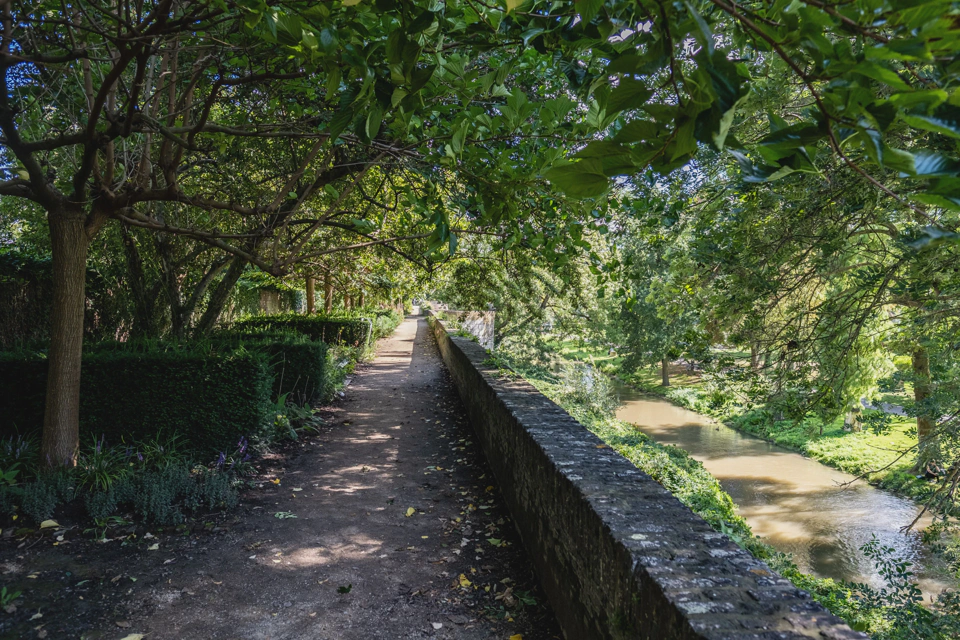
The last stop before heading back home was at the Onze Lieve Vrouw (“Our Lady”) Basilica where it was so dark I almost tripped over a bench. Feedback to the church’s direction: “Beautiful decoration, but dark brown knee-high benches inside pitch black shadows? Why?”
